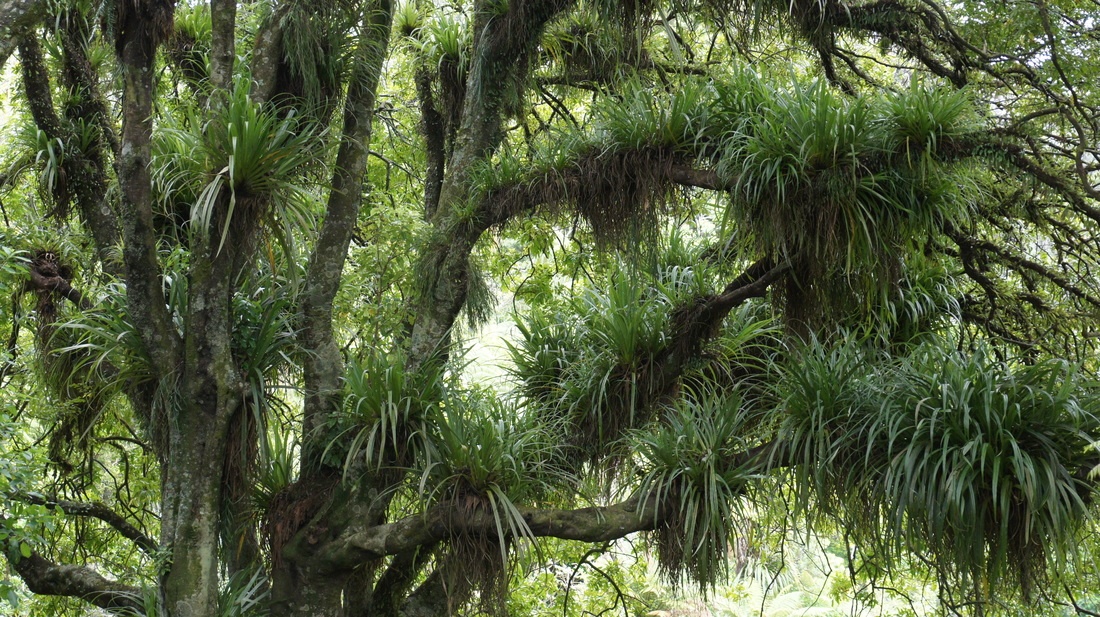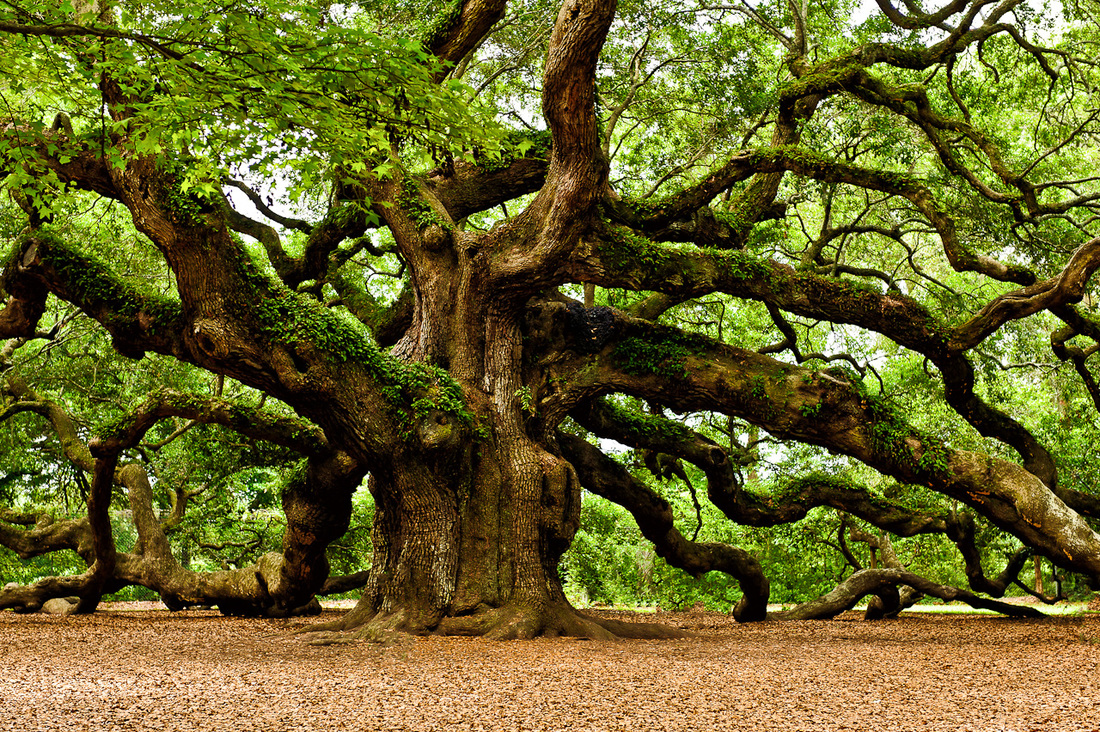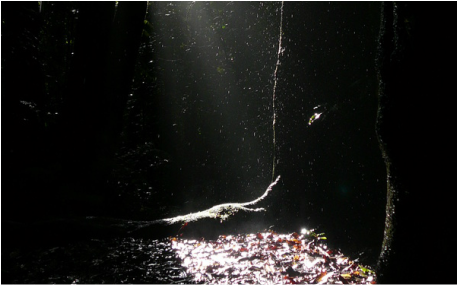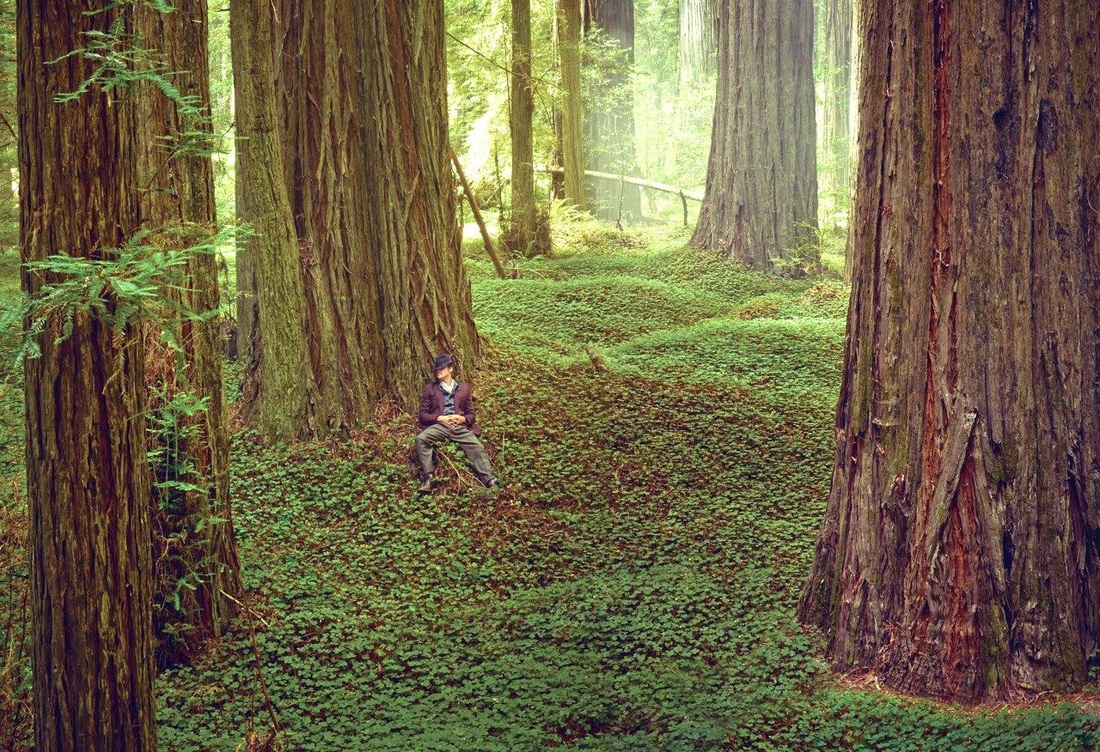Then there are all the benefits for people... these are the ones that strengthen the protection/planting argument for any non-tree-lovers out there and they can be split as benefits for 1) the environment, 2) our wellbeing and 3) the economy. The following provides a few examples.
Air quality improvement
Trees absorb odours and pollutant gases (nitrogen oxides, ammonia, sulphur dioxide and ozone) and filter particulates out of the air by trapping them on their leaves and bark.
Cooling
Trees can cool cities by up to 12°C through shading our homes and streets, breaking up urban “heat islands” and releasing water vapour into the air through their leaves. By reducing the energy demand for cooling our houses, we reduce carbon dioxide and other pollution emissions.
Watershed protection
Trees reduce runoff by breaking rainfall thus allowing the water to flow down the trunk and into the soil below the tree. This minimises erosion and runoff from farmland and prevents water from carrying pollutants to the ocean. Trees act like a sponge that filters water naturally and uses it to recharge groundwater supplies.
Oxygen
In one year an acre of mature trees can provide enough oxygen for 18 people.
Ultra-violet protection
Trees reduce UV-B exposure by about 50 percent, thus reducing the risk of skin cancer.
Genuine healing
Exposure to trees and nature aids concentration by reducing mental fatigue. Most people report feelings of serenity, peace, restfulness and tranquillity from time in a grove of trees. Multiple studies have shown that hospital patients with views of trees out their windows heal faster and with less complications.
Inspiration
Whether as houses for children or creative and spiritual inspiration for adults, trees have provided the space for human retreat and inspiration throughout the ages.
Buffering
Trees buffer people form unpleasant sounds and sights. Sound waves are absorbed by tree leaves and branches while trees can be used in landscape design to improve scenery.
Huge savings
The ecosystem services provided by trees, either as individuals or in stands/bush fragments, avoid the huge expenditure required to replace those services through infrastructure & management. This is both at large scales (e.g. water treatment & soil protection) and smaller scales (e.g. home energy use & medical needs).
An American study found that one healthy public tree in its 20th year after planting provides $96 in benefits and only costs $36, for an annual net benefit of $60. One hundred healthy yard trees over 40 years provide $364,000 in benefits and only cost $92,000, for a 40-year net benefit of $272,000. One hundred healthy public trees over 40 years provide $380,000 in benefits and only cost $148,000, for a 40-year net benefit of $232,000.
Wood
Selective and sustainable harvesting provides an important resource for our economy.
Increased property values
The beauty of a well-planted property and its surrounding land or neighbourhood can raise property values by as much as 15 percent.
Trees increase business traffic
Studies show that the more trees and landscaping a business district has, the more business will flow in. A tree-lined street will also slow traffic – enough to allow the drivers to look at the store fronts instead of whizzing by.
Happy Friday.
References
-McLean DD, Jensen RR (2004). Community leaders and the urban forest: a model of knowledge and understanding. Society and Natural Resources.
-McPherson EG et al. (2005). Midwest community tree guide: benefits, costs, and strategic planting. U.S. Department of Agriculture, Forest Service, Northeastern Area State and Private Forestry.
-Kuo FE (2003). Social aspects of urban forestry: the role of arboriculutre in a healthy social ecology. Journal of Aboriculture.
-Tree People Los Angeles Not-for-profit: www.treepeople.org/resources/tree-benefits
-Summers et al. (2012). A Review of the Elements of Human Well-Being with an Emphasis on the Contribution of Ecosystem Services. AMBIO
-Seamans G (2012). Mainstreaming the environmental benefits of street trees. Urban Forestry and Urban Greening.





 RSS Feed
RSS Feed
